Groundwater Flow and Levels
Groundwater moves in the subsurface from areas of high potential energy to areas of low potential energy. Luckily for hydrogeologists the hydraulic head or static water level at any given point in the subsurface is a measure of this energy. Therefore groundwater moves from areas of high hydraulic head to areas of lower hydraulic head. By contouring up the hydraulic heads from wells within the same aquifer, hydrogeologists can start to estimate the directions and magnitude of groundwater movement in the subsurface. It must be highlighted that water levels measured at different depths in the subsurface can be very different. For example in regional groundwater discharge areas, groundwater is rising to the surface from depth. In such areas, water level measurements in the shallow subsurface will tend to be lower than the measurements made at depth and groundwater will move upwards in response to this vertical hydraulic gradient. Conversely, in regional groundwater recharge areas the hydraulic head would tend to decrease with increasing depth and water will move downwards in response to this downward hydraulic gradient. Where aquifers pinch out between two lower hydraulic conductivity clay or till layers, the hydraulic head in such aquifers could be very high, in cases much higher than the ground surface.
A Water Table reflects the uppermost saturated surface and therefore must be prepared by using water levels measured in shallow wells where the measured heads reflect water table conditions. This could be somewhat problematic, especially in areas where the near surface sediments are tight (low permeability) and don’t yield much water. In such areas, wells would be drilled through these lower permeability materials to deeper more permeable aquifers and the water levels in these wells might not accurately reflect the water table. Often in these areas the water table would be found closer to the ground surface within the lower permeability till sediments. If a hole was dug, water would be found but it would seep into the hole slowly because of the fine textured, low permeability soils. Given the above discussion, in preparing a water table map one has to be cautious so as to not introduce water levels from deeper in the subsurface, since these water levels could introduce erroneous water table measurements. The map below shows the interpreted Water Table Surface. Below that is a second map that shows the interpreted Depth to Water Table. Both maps have been contoured based on measured water levels in shallow (less than 20 m) wells within the database. These wells are shown on both maps.
In addition to making use of the water levels from wells, in southern Ontario commonly rivers and/or lakes are also surface reflections of the water table. In preparing the water table surface, the elevations of all streams that are Strahler Class 4 or higher (i.e. the larger streams) were also incorporated into the interpolated water table surface. These streams are shown on the two maps. Since the data that have been used to prepare these maps is of variable quality and often less than ideal, the maps must be used with some caution. Uncertainty in the prepared water table map can result from a number of different sources including:
- Well Depth – Water levels from wells less than 20 m have been somewhat arbitrarily selected. As a result of complex sediment deposition during Ontario’s glacial past, the hydrogeology can be quite different in different areas. For regional maps such as those shown here, small geological nuances cannot be investigated to arrive at an ideal well depth to reflect water table conditions. This depth selection might in some areas incorporate water levels that are not representative of the water table. Water levels in shallow wells may also reflect shallow perched groundwater conditions which are not reflective of the water table.
- Sparsity of data – As observed on the map, there are many areas across the map where there are few shallow wells that are available for measuring the water table. In these areas the estimated water table would obviously be more uncertain.
- Temporal variability of measured water levels – the water levels measured in the various wells shown on the maps have been taken in different years and in different seasons (i.e. wet versus dry). Ideally, to produce the best water table map, all wells would be visited on one day and the water levels measured to gain a snapshot of the water table surface. Unfortunately this is not practical and therefore a surrogate approach, whereby all of the available water levels are aggregated, has been taken. This method assumes that the available water levels over the years would reflect average conditions over time and that the resultant map reflects a reasonable representation of the water table. It should be noted that the water table rises and falls throughout the seasons, generally reaching a high in spring after the snow melts and before vegetation growth commences, falling through the summer and early fall months before rising slightly in the later fall and early winter. In some cases the fluctuation in the water levels can be two to three meters or more depending upon the geology and the physical setting.
As a result, the above maps should be used as an indication of the likely water table position and in no means should they be considered the “gospel” truth. They provide a best estimate of the average water table position. Variability is to be expected. In general when looking at a certain area, site specific information if available, would be considered more accurate than the regional treatment provided here.
